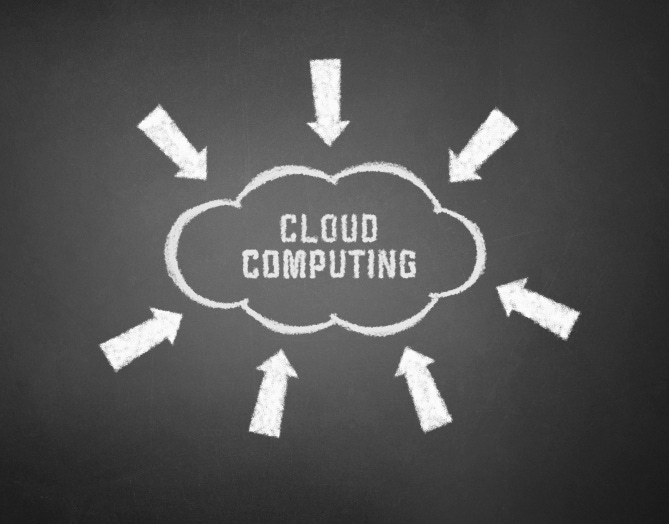Deal in the cloud? No doubt you've heard at least one of these top 10 cloud computing myths, laid out by Gartner.
October 31, 2014

There is no argument that cloud computing has permeated all industries, changing the way businesses back up, store, access, secure and retrieve data. But as with any technology transformation, with this evolution also comes confusion. And where there is confusion, there is opportunity for managed service providers to supply the answers.
Research giant Gartner recently highlighted the top 10 cloud myths in front of its upcoming Data Center, Infrastructure & Operations Management Conference in late November in London and its Data Center, Infrastructure and Operations Management Conference in early December in Los Angeles.
"Cloud computing, by its very nature, is uniquely vulnerable to the risks of myths. It is all about capabilities delivered as a service, with a clear boundary between the provider of the service and the consumer," said David Mitchell Smith, vice president and Gartner Fellow, in a prepared statement. "From a consumer perspective, 'in the cloud' means where the magic happens, where the implementation details are supposed to be hidden. So it should be no surprise that such an environment is rife with myths and misunderstandings.”
Solution providers, take notice; your skillsets need to revolve around these issues.
Myth 1: Cloud Is Always About Money: No it isn’t. In some cases, cloud services results in immediate savings for business using technologies such as infrastructure as a service (IaaS), but not so much in software as a service, according to Gartner. There sometimes is actual cost dollar savings, but the real benefit is the flexibility and capabilities moving forward. That is harder to put a cost savings tag on.
Myth 2: You Have to Be Cloud to Be Good: There are still many areas in IT that are not connected to the cloud. That doesn’t mean those things are unnecessary or bad. Gartner sees a trend that IT departments are attaching everything to the cloud name to get more money to support it. That is a mistake and solution providers can play a crucial role in helping organizations determine what functions are best served through cloud computing and what are not.
Myth 3: Cloud Should Be Used for Everything: While many IT functions touch the cloud, it doesn’t mean everything is the cloud. There is a difference, according to Gartner. Organizations need to evaluate what applications should be moved over to the cloud based on cost savings and efficiency. Moving legacy applications over for the sake of just moving them over is not a strategy. Again, here is where the role of the solution provider is crucial.
Myth 4: "The CEO Said So" Is a Cloud Strategy: Like any other business endeavor, companies should have an overall strategy around their cloud migration. C-level executives need to set the goals and the CIO and IT needs to plan how to get there. Anything short of that is just words.
Myth 5: We Need One Cloud Strategy or Vendor: While it would be a nice world to live in if all companies had to deal with one supplier for all their IT needs. that is not the case. And that is certainly not the case as it relates to cloud services. Cloud computing is not one thing and a cloud strategy has to be based on this reality, according to Gartner. Cloud services need to align with business goals and objectives and each application may have different mechanisms for deployment than others. There is not one-size-fits-all approach to cloud computing.
Myth 6: Cloud Is Less Secure Than On-Premises Capabilities: Here is where perception is not reality. There is no doubt that cloud computing is perceived as less secure than on-premise solutions but that is not the case, according to Gartner. In fact, there have been very few security breaches in the public cloud to date, the research firm noted.
Myth 7: Cloud Is Not for Mission-Critical Use: Again, you can’t put cloud computing in a box. Where it makes sense in one organization for a specific application or function in may not make sense in another. The same holds true for mission-critical applications. While most initial deployments do involve less critical functions many organizations have moved over their mission-critical components to the cloud with success, according to Gartner.
Myth 8: Cloud = Data Center: While data center virtualization and cloud computing go hand-in-hand, the two need to be thought of independently. Cloud is more than just virtualizing data centers and in some cases completely shutting data centers down doesn’t make sense. Organizations need to evaluate what makes sense as it relates to moving its data centers over to the cloud and understand that some things shouldn’t be moved out of the data centers, Gartner said. Again, it should not be an all-or-nothing approach.
Myth 9: Migrating to the Cloud Means You Automatically Get All Cloud Characteristics: Migrating to the cloud usually comes in steps and it does not happen overnight. An organizations cannot assume that "migrating to the cloud" means that the characteristics of the cloud are automatically inherited from lower levels (such as IaaS), according to Gartner. Organizations, with the help of their solution provider partners, need help distinguishing between embracing and rolling out cloud applications and actual cloud services. They are two different things.
Myth 10: Virtualization = Private Cloud: The debate between which is better, the private cloud or the public cloud, has been raging since the term "cloud" was officially adopted. As a result, many equate virtualization as the only way into the cloud. Not so fast, said Gartner. Virtualizing servers does not a cloud environment make, necessarily.
The move to cloud computing is expected to continue to fuel IT growth for foreseeable future bringing efficiencies and greater capabilities to businesses and opportunities to service providers. Solution providers will play an enormous role helping their customers sort through the confusion.
Knock 'em alive!
About the Author(s)
You May Also Like


